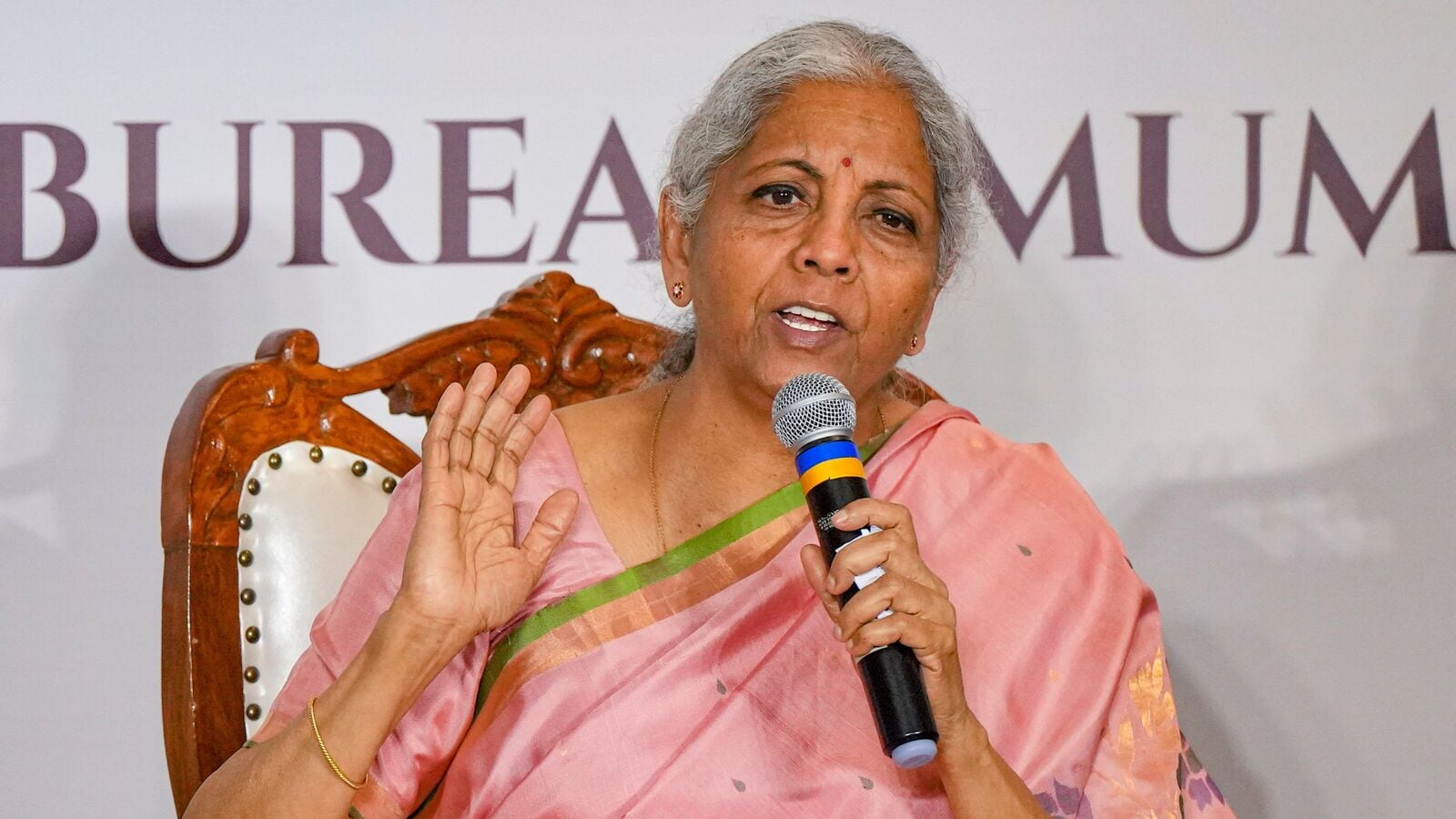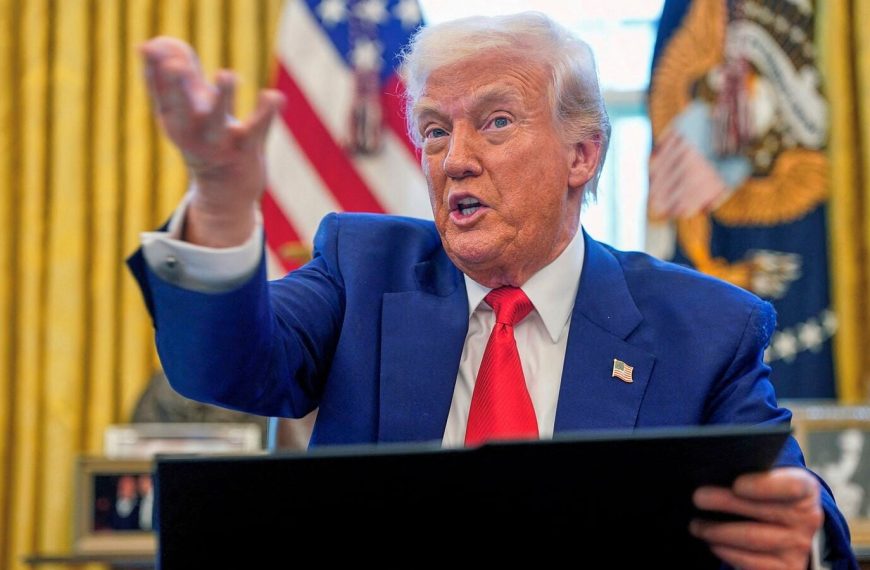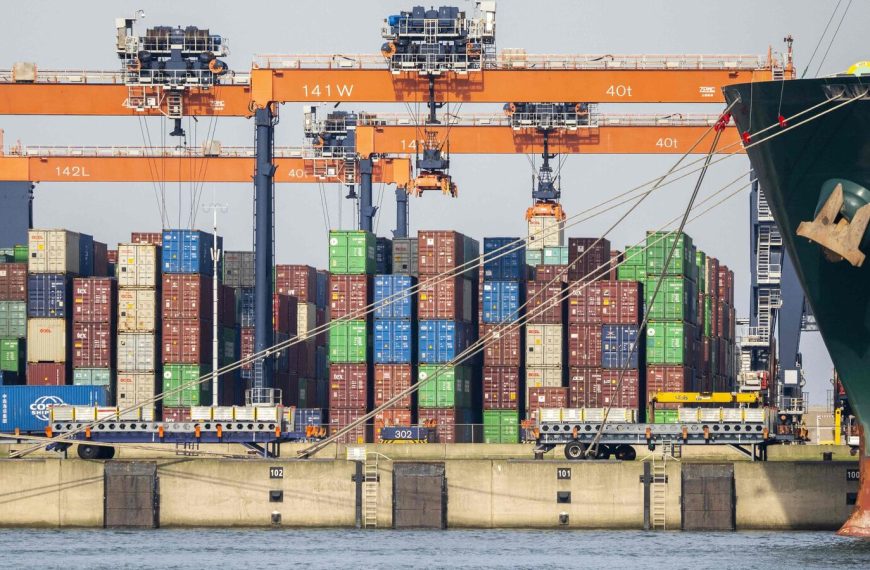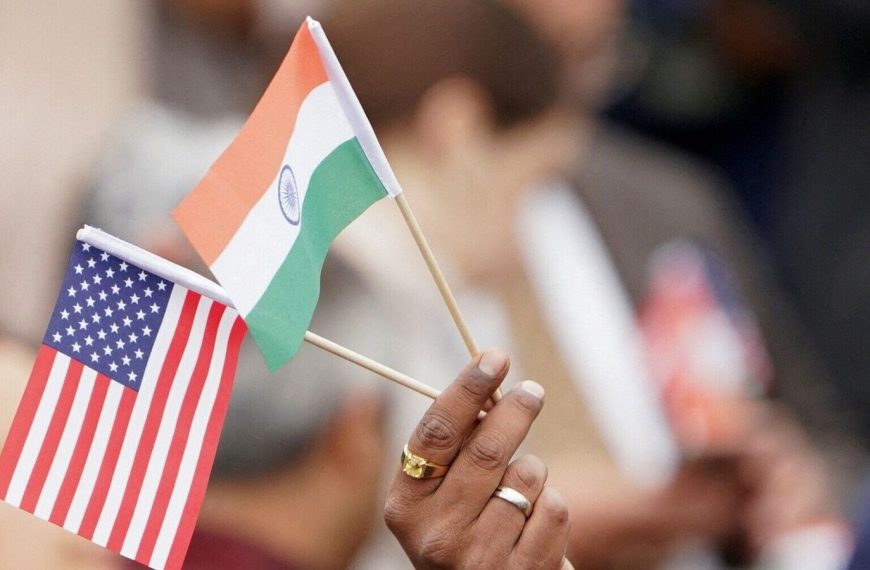In a significant move to enhance fiscal health, the Indian government has proactively paid down a substantial portion of its high-interest debt this financial year, according to Finance Minister Nirmala Sitharaman. During a recent discussion in the Lok Sabha concerning the supplementary demands for grants for FY25, she highlighted that this decision will positively influence the borrowing costs for both the Central and state governments.
Key Financial Insights from the Government
Sitharaman emphasized that the Parliament was presented with technical supplementary demands exceeding ₹6.27 trillion. These financial plans are primarily funded through savings or increased revenue, which means they won’t result in an immediate cash outflow from the exchequer. Notably, out of this total, a remarkable ₹5.54 trillion is earmarked for debt repayment.
- Debt Repayment Breakdown:
- ₹85,150 crore allocated for the buy-back of government securities under market loans.
- ₹98,745 crore set aside for the redemption of 91-day treasury bills.
- ₹4 trillion dedicated to 14-day treasury bills.
Impact on Borrowing Costs
Sitharaman remarked, “By advancing the redemption of high-cost debts, we are effectively alleviating our financial burden.” She added that this strategic move has led to lower borrowing rates for the government. As states issue bonds, they too are expected to benefit from reduced rates, fostering a more stable financial environment.
The government has streamlined its approach to supplementary requests, now presenting just two additional spending requests instead of the previous three. This adjustment reflects a commitment to maintain fiscal discipline.
Addressing Concerns on Spending
In response to concerns raised by N.K. Premachandran, a member of the Revolutionary Socialist Party, regarding the magnitude of the ₹6 trillion technical supplementary demands, Sitharaman clarified that most of this amount is directed towards debt repayment. She stressed that effective debt management is essential and requires a flexible strategy to lower borrowing costs for both the Union and state governments.
Additional Spending Plans
The government is also seeking approval for extra spending of ₹51,400 crore in FY25, primarily aimed at various subsidies. Here’s a snapshot of the proposed allocations:
- Fertilizer Subsidy: ₹14,100 crore
- Defence Pensions: ₹8,400 crore
- Other Pension Requirements: ₹13,400 crore
- Telecom Sector: ₹5,300 crore
- Agriculture Sector: ₹2,100 crore
- Petroleum Sector: ₹1,000 crore (including cooking gas subsidies for low-income households)
This proactive financial strategy not only aims to reduce high-cost debt but also ensures that the government remains responsive to economic needs while fostering an environment conducive to growth and stability.











